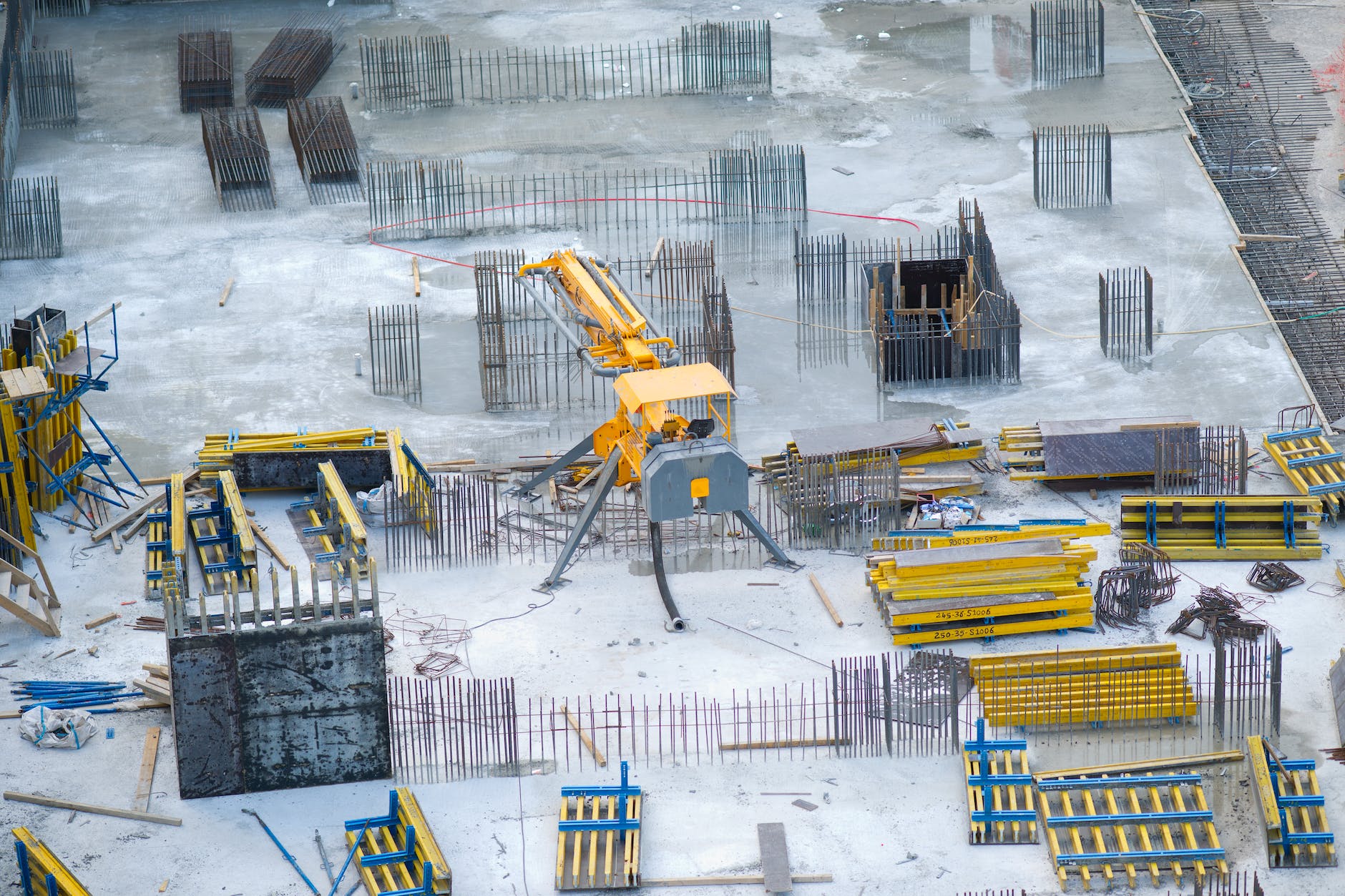
How To Prepare Construction HIRA: Hazard Identification and Risk Assessment
Hazard Identification and Risk Assessment (HIRA) for Construction Work
How To Prepare Construction HIRA: Construction work encompasses diverse tasks and environments, requiring a comprehensive Hazard Identification and Risk Assessment (HIRA) to safeguard the well-being of workers. This guide outlines a systematic process to identify potential hazards, assess risks, and implement effective control measures across various construction activities.
1. Construction Activity:
General construction activities, including excavation, scaffolding, welding, and use of heavy machinery.
2. Gather Information:
- Site location: Varied construction sites.
- Types of construction activities: Excavation, scaffolding, welding, heavy machinery operation.
- Existing hazards: Falls, electrical hazards, noise, machinery-related risks.
3. Identified Hazards:
- Falls:
- Risk of workers falling from heights during scaffolding, roofing, or elevated work.
- Electrical Hazards:
- Potential for electric shock or electrocution during wiring or equipment operation.
- Noise Exposure:
- Risk of hearing damage due to loud machinery or construction activities.
- Machinery-related Risks:
- Potential for collisions, entanglements, or crushing injuries involving heavy machinery.
4. Risk Assessment:
- Falls:
- Likelihood: High (frequent exposure in various activities).
- Severity: High (potential for serious injuries or fatalities).
- Risk Level: Critical.
- Electrical Hazards:
- Likelihood: Moderate (depending on electrical work intensity).
- Severity: High (potential for electrocution).
- Risk Level: Significant.
- Noise Exposure:
- Likelihood: Moderate (due to machinery and construction activities).
- Severity: Moderate (potential for hearing damage).
- Risk Level: Moderate.
- Machinery-related Risks:
- Likelihood: Moderate to High (depending on machinery use).
- Severity: High (potential for serious injuries or fatalities).
- Risk Level: Significant.
5. Risk Ranking:
- Falls (Critical)
- Machinery-related Risks (Significant)
- Electrical Hazards (Significant)
- Noise Exposure (Moderate)
6. Control Measures:
- Falls:
- Use guardrails, personal fall protection systems, and proper access points.
- Conduct regular safety briefings for elevated work.
- Electrical Hazards:
- Follow lockout/tagout procedures.
- Provide and use appropriate personal protective equipment (PPE).
- Noise Exposure:
- Use hearing protection for workers in noisy areas.
- Implement engineering controls like noise barriers where feasible.
- Machinery-related Risks:
- Conduct regular equipment inspections and maintenance.
- Establish clear communication and signaling systems for heavy machinery.
7. Hierarchy of Controls:
- Prioritize engineering controls where possible (e.g., guardrails, noise barriers).
- Implement administrative controls, including regular safety training and communication.
- Ensure workers use appropriate PPE as a last line of defense.
8. Emergency Procedures:
- Develop and communicate a detailed emergency response plan.
- Conduct regular emergency drills covering various construction scenarios.
9. Training and Competency:
- Provide comprehensive training for all construction personnel.
- Verify the competency of workers in the operation of machinery and adherence to safety protocols.
10. Regular Review:
- Conduct regular reviews of construction procedures and safety measures.
- Update the HIRA based on incidents, near misses, or changes in work conditions.
11. Documentation:
- Maintain detailed records of hazard identification, risk assessments, and control measures.
- Provide easy access to documentation for all personnel involved in construction activities.
12. Communication:
- Clearly communicate control measures and emergency procedures to all workers involved.
- Encourage open communication for reporting potential hazards related to construction work.
13. Supervision and Monitoring:
- Assign competent supervisors for construction activities.
- Regularly monitor the implementation of control measures.
14. Regulatory Compliance:
- Ensure compliance with local occupational safety and health regulations.
- Regularly review and update procedures based on regulatory changes.
15. Review and Continuous Improvement:
- Conduct regular safety meetings to discuss improvements and lessons learned.
- Actively seek feedback from workers and incorporate it into future risk assessments.
How To Prepare Scaffolding HIRA: Hazard Identification and Risk Assessment
How To Prepare Excavation HIRA: Hazard Identification and Risk Assessment
How To Prepare Confined Space HIRA: Hazard Identification and Risk Assessment
How To Prepare Work at Height HIRA: Hazard Identification and Risk Assessment
How to Prepare Risk Assessment for Vibration
By adhering to this structured approach, construction businesses can proactively identify and address potential hazards associated with construction work, promoting a safer working environment for all personnel involved in construction activities.
























